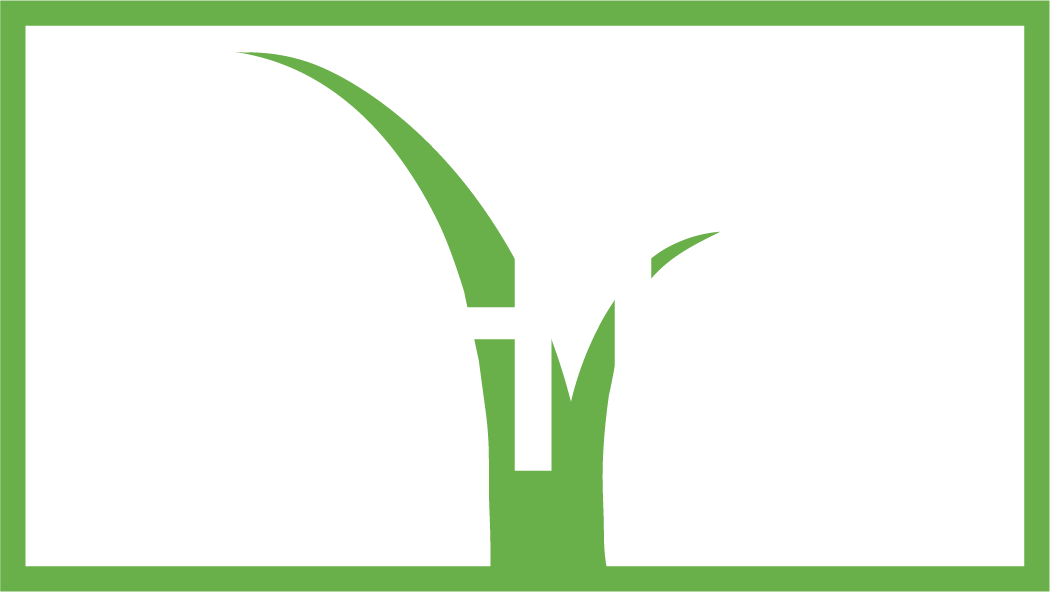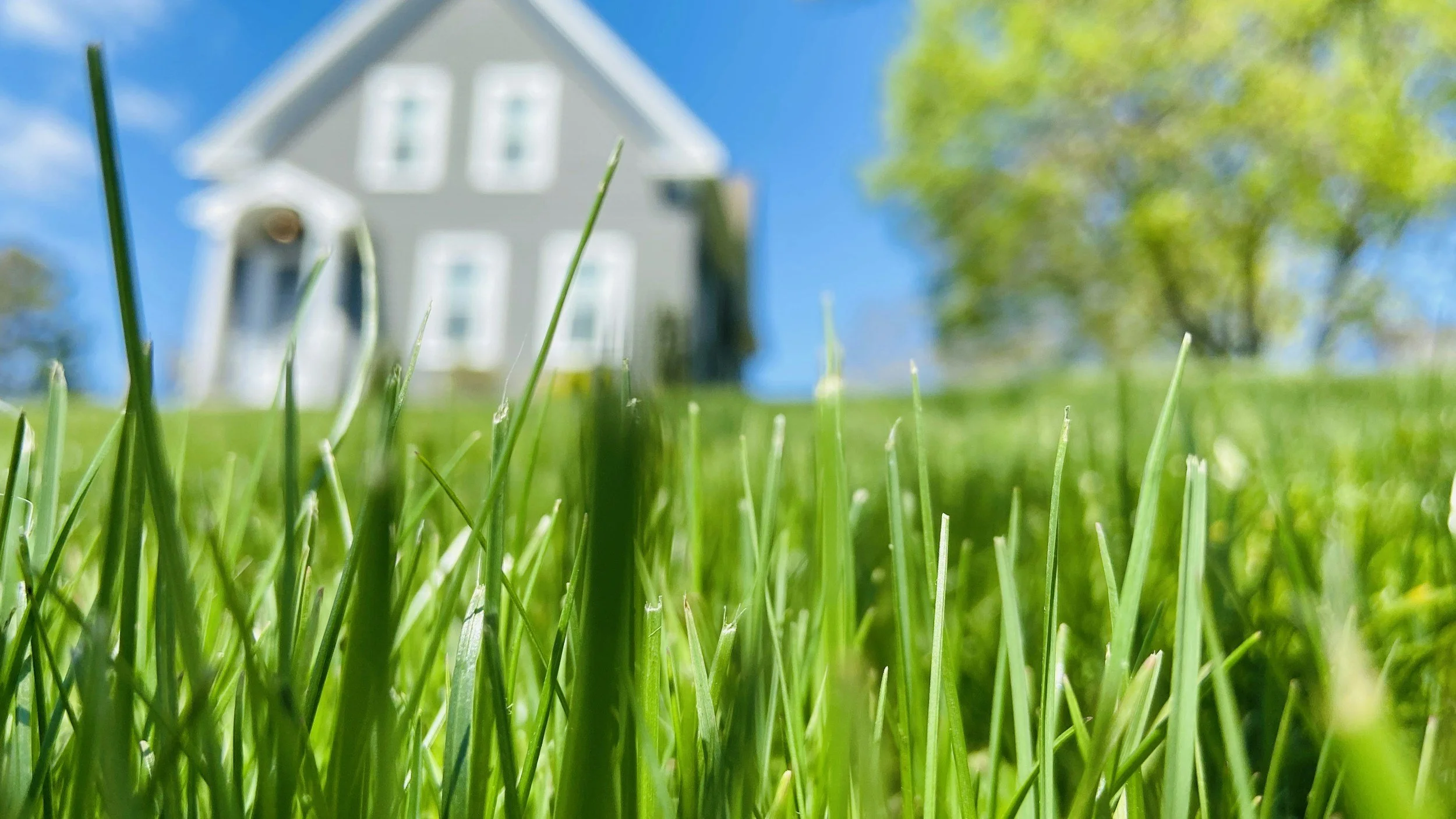Sign up for our Irrigation yearly services
We’re glad you’re thinking ahead! Our sprinkler system Spring Startups and Fall Winterizing services help protect your lawn investment and keep things running smoothly.
Because each system is unique, pricing can vary based on system size, age, accessibility, and condition. Most services typically fall between $100–$250. Please note: this does not include any significant repairs that may need to be made (replacing damaged sprinkler heads, wiring, pipe, etc.) Once we review your details, we’ll provide an estimate before any work is done.
Fill out the form below to get on our list—we’ll contact you when scheduling begins for your area!












